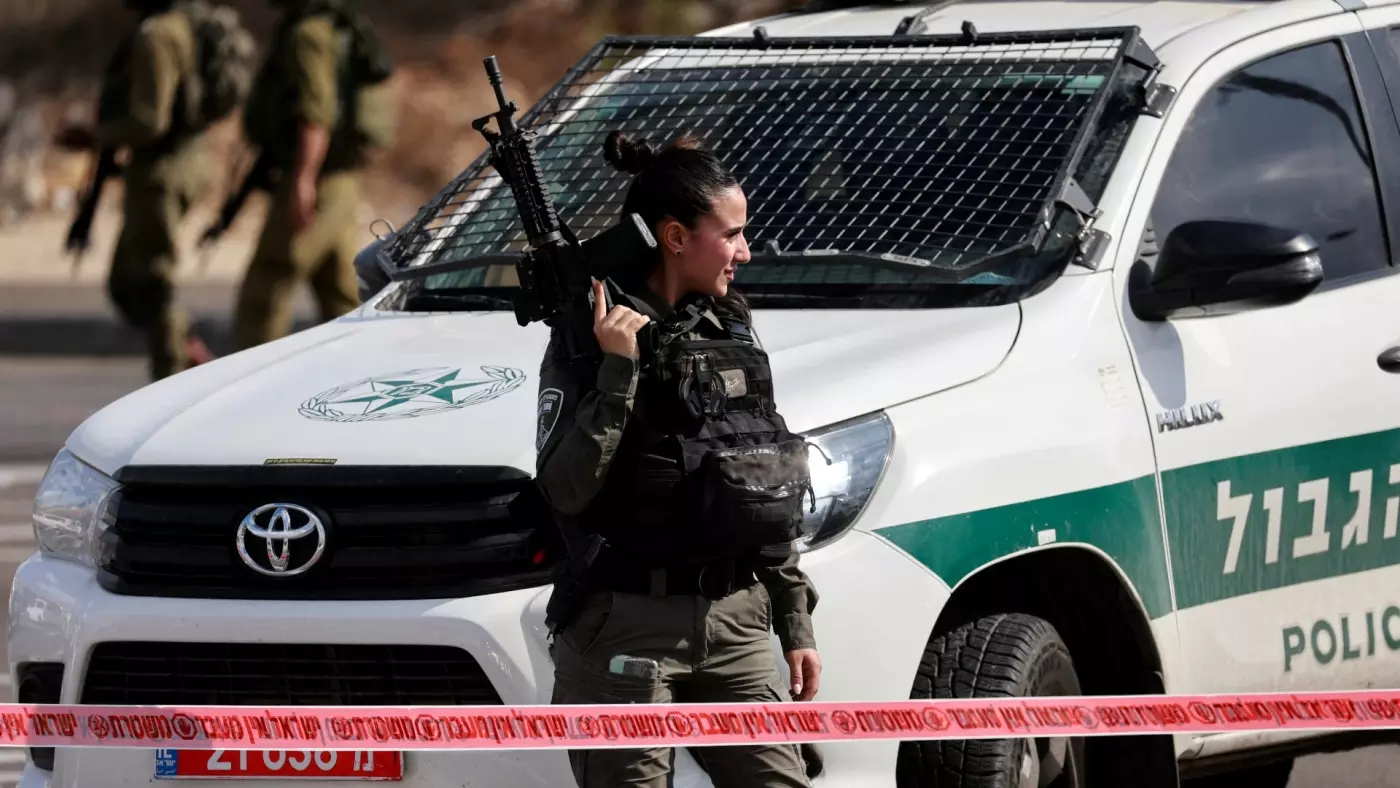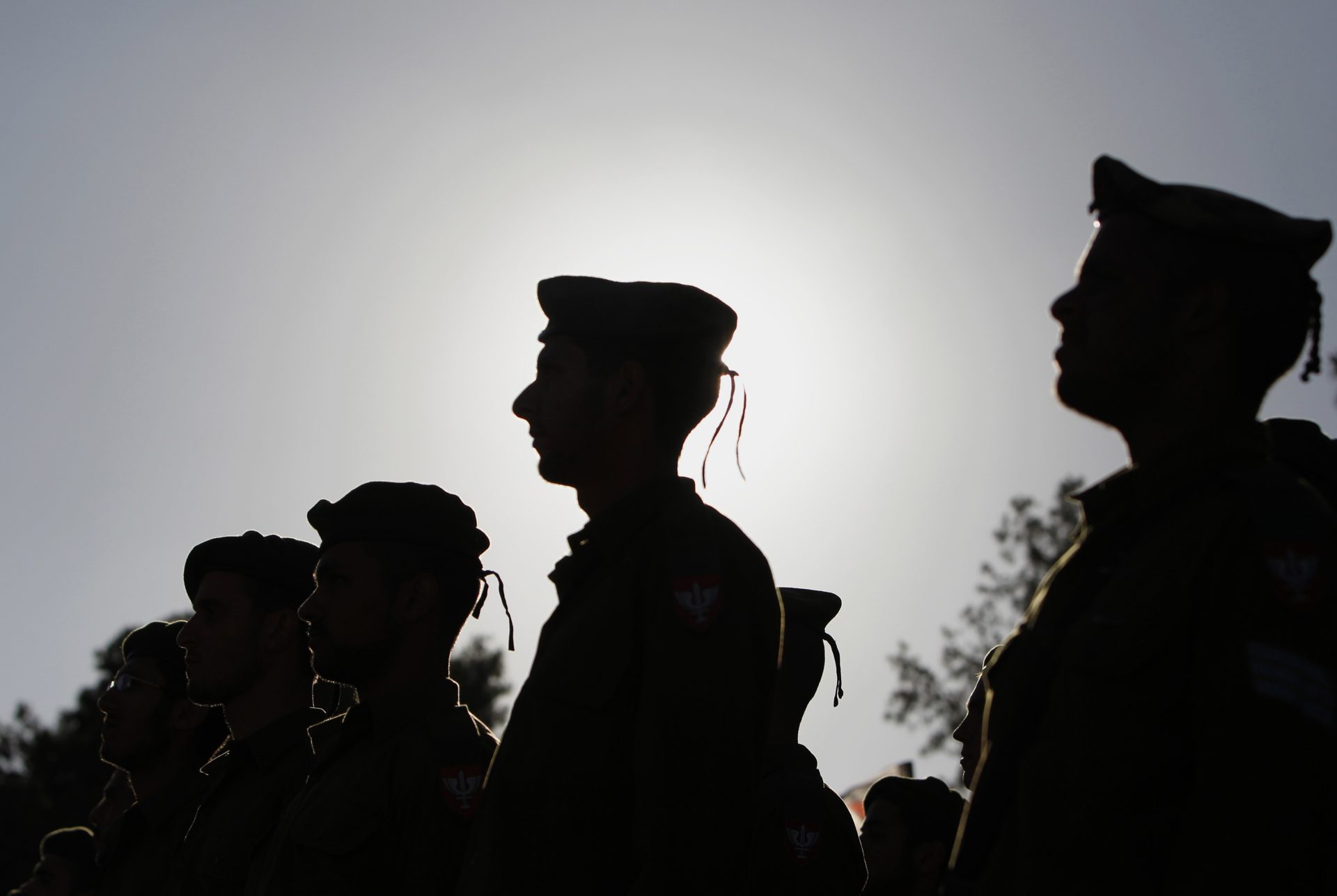ARTICLE AD BOX
IN the heart of São Paulo, an area as big as London’s Soho stands as a harrowing symbol of Brazil’s war on drugs for more than 30 years.
In Cracolândia, literally “Crackland” in Portuguese, hundreds of people gather to smoke crack cocaine in the streets.

It is one of the biggest and most violent drug zones in the world – despite many attempts to dismantle it and rehabilitate residents.
By day, the streets are lined with zombie-like figures wrapped in blankets.
Their faces bear the marks of years of addiction.
 Credit: AFP
Credit: AFP Credit: EPA
Credit: EPA Credit: Getty
Credit: GettySome of them are as young as 13 years old.
With no shelter, running water, or sanitation, many scavenge for recyclables, desperately hoping to scrape together enough for their next hit.
Garbage piles up, and a heavy stench of sweat and trash lingers in the air at what became known as the Brazilian version of America’s Skid Row.
 Credit: AFP
Credit: AFP Credit: Reuters
Credit: ReutersNearby, police patrol the streets or stand and watch – not to stop the drug use, but to prevent robberies and violence.
 Credit: AFP
Credit: AFPSurrounded by scenes of deprivation, the area has survived several government attempts to dismantle it.
And according to a recent report, “mini Cracklands” have emerged in other parts of the city.
 Credit: EPA
Credit: EPA Credit: Getty
Credit: GettyIn Cracolândia, one hit can cost as little as a few cents.
It makes it dangerously accessible to people from all walks of life.
From gangsters to ex-lawyers or doctors, they become trapped by addiction in the drug hellhole – and turn into “walking corpses”, as the police like to describe them.
 Credit: AFP
Credit: AFP Credit: AFP
Credit: AFP Credit: Getty
Credit: GettyOffice workers and students from nearby colleges rush past, just metres from a drug-fuelled parallel universe.
Transgender, homeless, and addicted to crack, 26-year-old Felipa Drumont has lived in the streets of Cracolândia for years.
“It’s a horrible life,” she told The Guardian in 2017.
“You don’t eat. You don’t sleep. Any money you can get goes on crack.”
 Credit: AFP
Credit: AFPCracolândia is not hidden away in a forgotten corner of São Paulo.
It sits next to Luz, the city’s busiest train station, and near private colleges, leisure centres, and concert halls.
Even South America’s largest newspaper, Folha de São Paulo, has its offices just blocks away.
It’s a horrible life. You don’t eat. You don’t sleep. Any money you can get goes on crack
Felipa DrumontThe stark contract makes Cracolândia unique – and an ongoing source of embarrassment for São Paulo’s mayors.
In 2014, Prince Harry visited Cracolândia to support the Opens Arms project – which aimed to cut crime and drug abuse in the deprived area.
Pictured below, he’s seen speaking to residents.
 Credit: Getty
Credit: Getty Credit: AFP
Credit: AFPEach new administration in Sao Paulo vows to “fix” the area and help the residents.
João Doria, the city’s mayor between 2017 and 2018 and a former businessman, declared war on the Cracolândia shortly after taking office.
That May, he sent 900 police officers and security agents to clear the streets, using rubber bullets and stun grenades to disperse the crowd.
“The police turned up throwing bombs at everyone,” Drumont said.
 Credit: Getty
Credit: GettyShe and others scattered, taking refuge in nearby gas stations or moving to shelters, she recalled, while authorities arrested dozens of small-time dealers and seized weapons and drugs.
Doria then triumphantly declared: “Crackland is over and won’t come back.”
But, like every mayor before him, Doria underestimated Cracolândia’s “immortality”.
Within months, the “fluxo” — the local term for the congregation of users — re-formed just metres away.
Francisco Inácio Bastos, who led Brazil’s last national crack survey, told The Guardian: “What we see is a change of project every administration, without any continuation.
“It’s all political. We need a minimum of a consensus, nationwide — not [just from the] right or left [wing], but based on scientific arguments worldwide.
“Without this, [Cracolândia] will continue as it is.”
 Credit: EPA
Credit: EPA Credit: AFP
Credit: AFPA persistent problem
Cracolândia’s endurance is tied to Brazil’s broader struggles with drug addiction, poverty, and inequality.
The country has the highest number of crack users in the world — an estimated 370,000 in major urban centres, according to national survey figures.
São Paulo’s location at the heart of Brazil‘s economy and its proximity to cocaine-producing countries like Bolivia, Colombia and Peru make it a hub for drug trafficking, controlled by powerful gangs.
 Credit: AFP
Credit: AFPEfforts to dismantle Cracolândia are stuck in a tragic cycle.
Heavy-handed police raids scatter users temporarily, but the “fluxo” simply reassembles nearby.
Programmes such as 2014’s Open Arms – which provided shelter and cash to addicts in exchange for small tasks – have faced criticism and were ultimately dismantled.
Meanwhile, new “mini-Cracolândias” have emerged in São Paulo’s outskirts, splintering the problem even further without ever solving it.
 Credit: Alamy
Credit: Alamy.png)
 2 days ago
10
2 days ago
10








 English (US)
English (US)